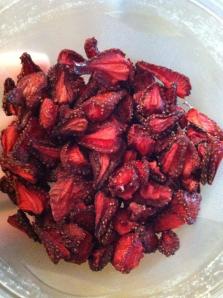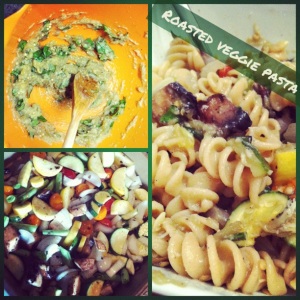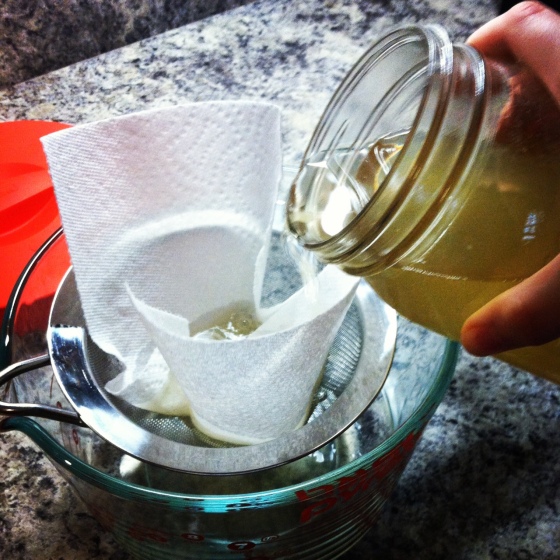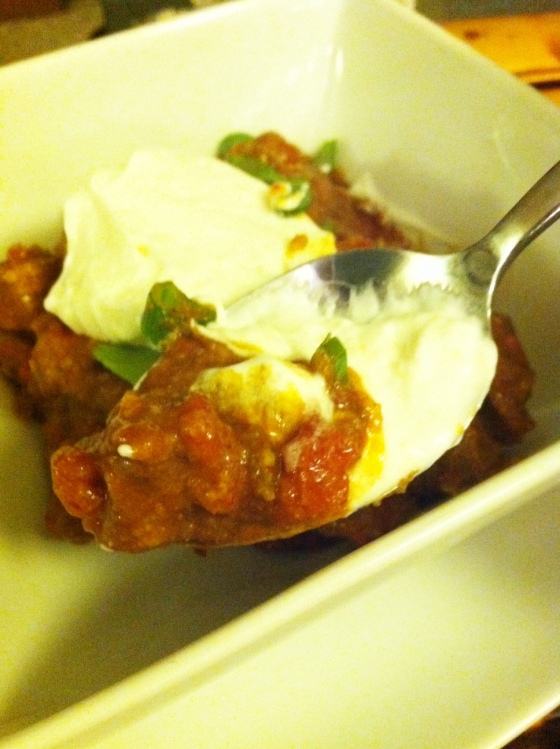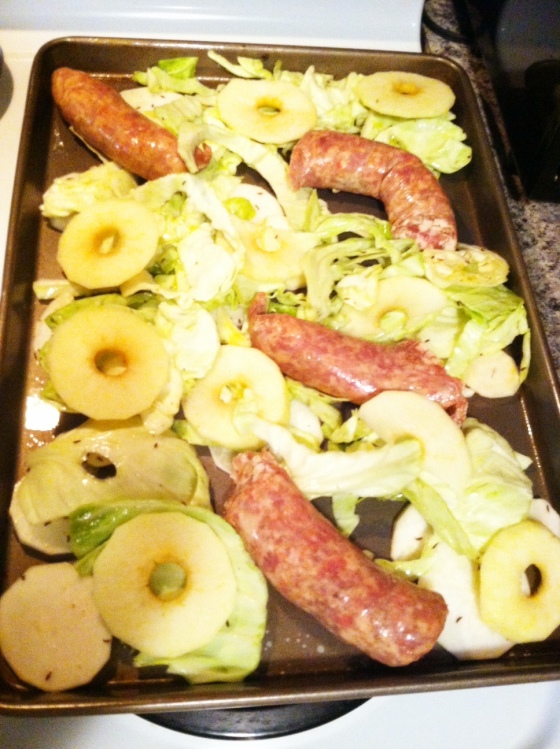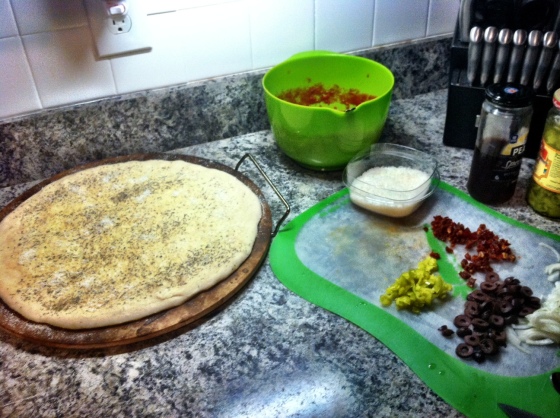A few weeks ago, a friend of mine asked if I could post some fun, summer recipes. The problem is that because summer has just begun (or not even, officially), I can’t really start experimenting or playing around with summer recipes yet until the produce is available. I did get a pretty good haul this past weekend and hopefully will have some recipes to share with you at the end of the week, but for now, what I thought might be nice is to round up several recipes from previous summers, with links, so you can dive into the archives and go with something tried and true. So here ya go, Janessa.
Summer Recipe Roundup
Creamy Avocado Linguine with Meyer Lemon and Arugula

Although avocados are technically in season all the time, this dish is decidedly summer. The addition of shrimp make it seasonal for the Eastern Seaboard, and it’s just so damn refreshing.
Dried Strawberries
There are still some strawberries in the fields around here – if they’re still available where you are, a great way to save them is to dry and freeze them. Great on salads, in cereal, oatmeal, yogurt, etc.
Eggplant Rotini with Roasted Veggies
This is one of my favorite summer recipes. Quick, fresh, easy and adaptable to whatever veggies you have on hand. Don’t go through the summer without making this.
Local Yokel Mojito

Of course I had to add a beverage in, but mojitos, with fresh mint from your garden, are the epitome of summer sipping. My mint is already coming up like crazy, and if yours is too, then don’t let another Happy Hour go by without making this.
Roasted Beet Salad with Vinaigrette
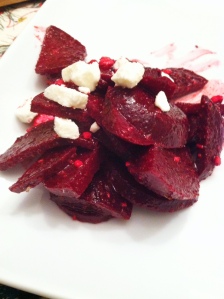
I just got a bunch of beets from the farmers market this past weekend, so beet salad with vinaigrette is not far away. This is by far my favorite beet recipe out there and a summer staple at our house.
Shrimp Ceviche
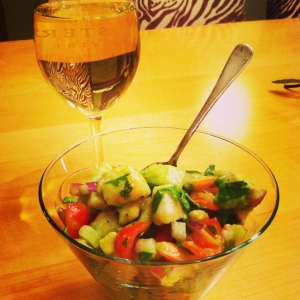
Shrimp Ceviche is so fresh, light and healthy that it screams summer. Dish it out into martini glasses for a classy, but super easy app.
Summer Beef and Rice Skillet Casserole

This recipe was great and I’m furious at myself for not making it this past summer between our epic move and living in two different states. This is a great way to use up all that squash and zucchini that presents itself mid to late summer. It’s also great for a family or for a small crowd. This summer, I’ll be making it as much as is reasonable and/or until my husband starts complaining.
OK! There are so many more recipes, many of which are summer seasonable, over on the RECIPES PAGE, but hopefully this gave you a good start. This is such an exciting time of year when things start to pop up and the options are endless, so don’t let it pass you by – get out to your local farmers market, farm stand or local grocery and BUY LOCAL and EAT FRESH!

